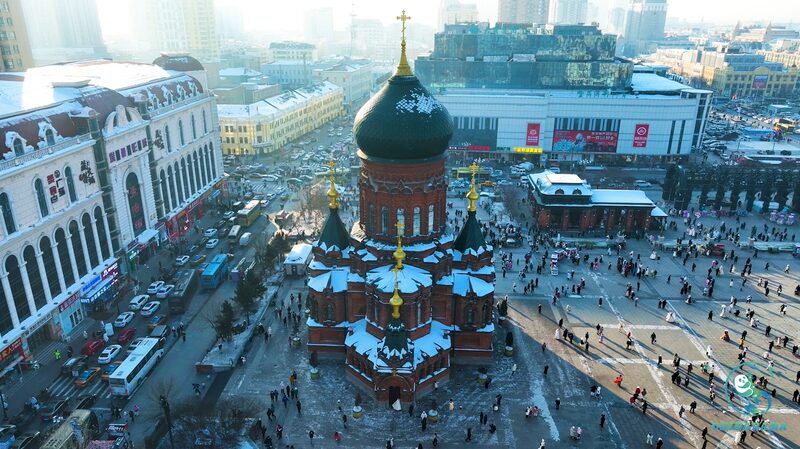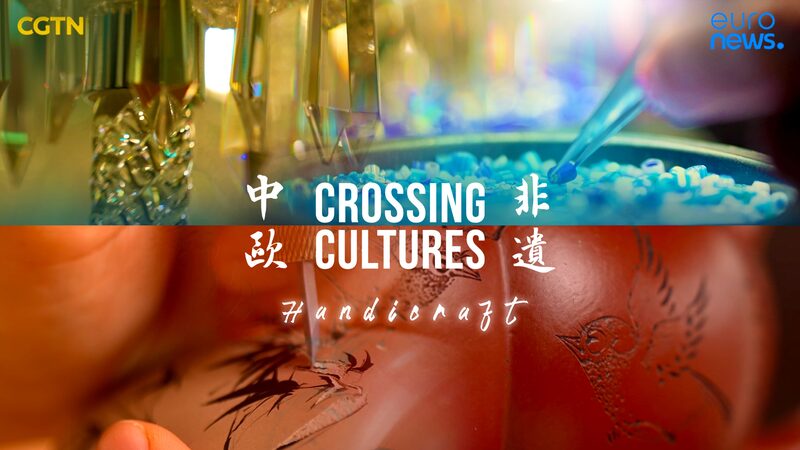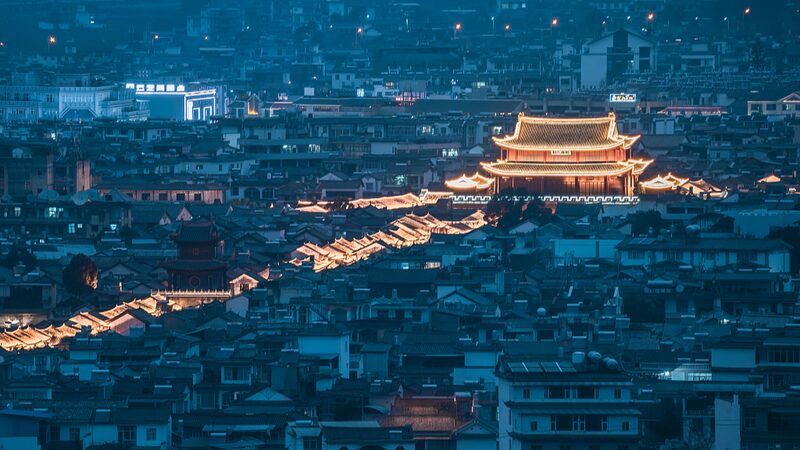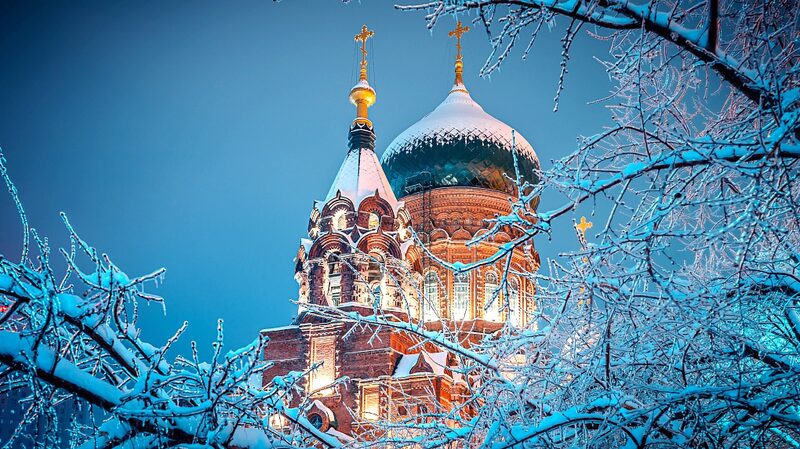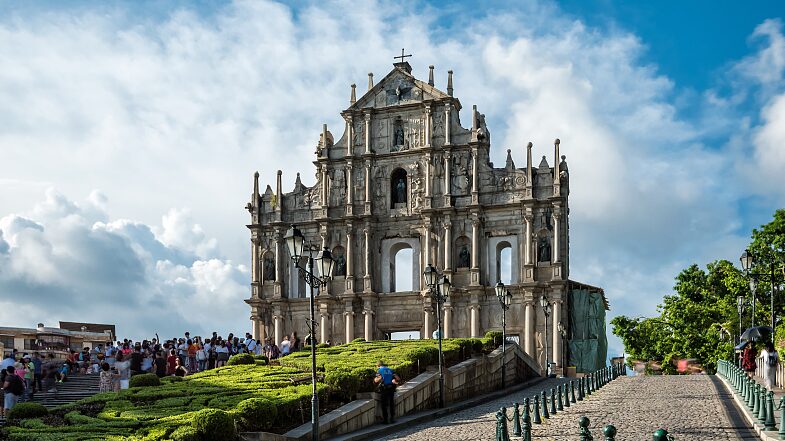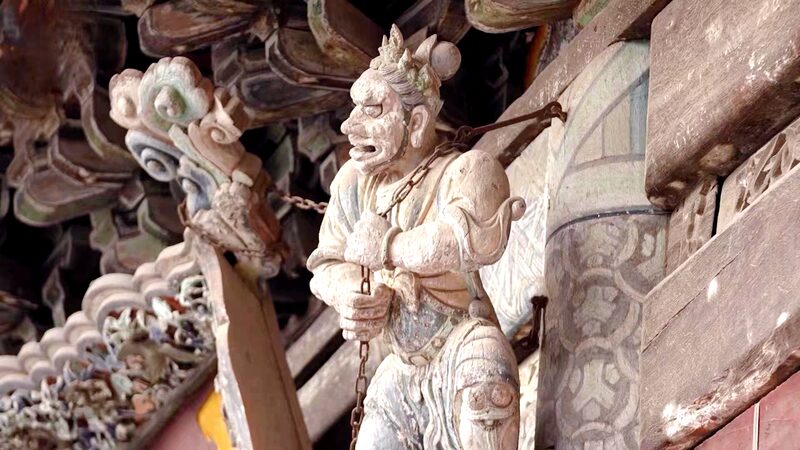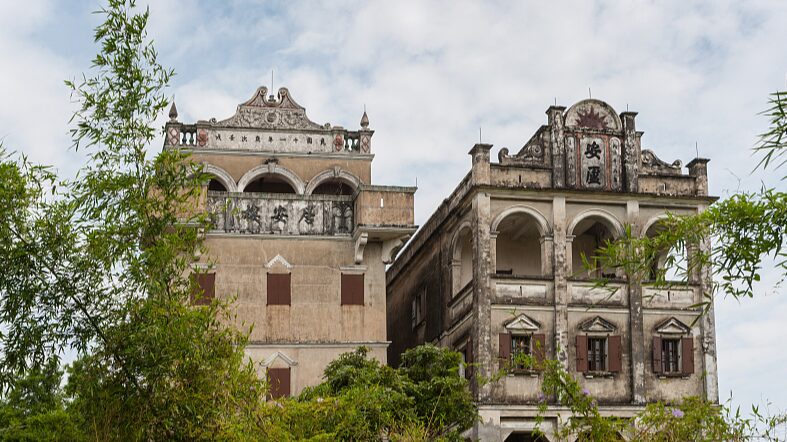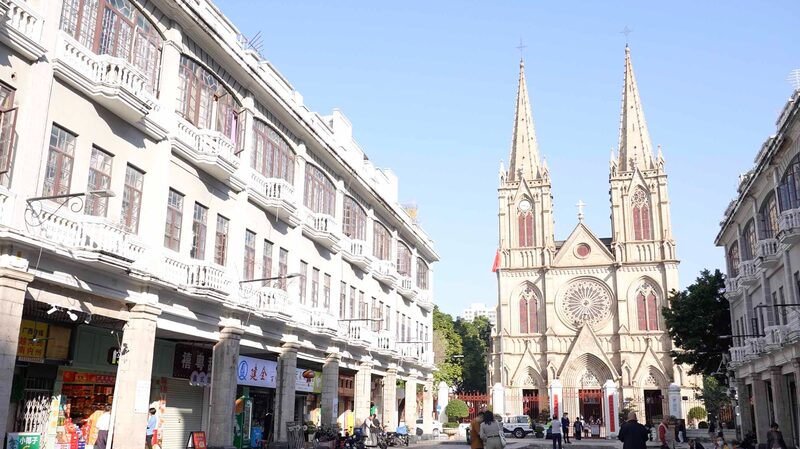In the heart of Harbin, a city known for its blend of cultures and rich history, stands an architectural marvel that has withstood the test of time—the Saint Sophia Cathedral. Built in 1907 amid the aftermath of the Russo-Japanese War, this neo-Byzantine masterpiece has not only become Harbin’s most famous landmark but also a silent witness to the city’s remarkable transformation over the past century.
The cathedral’s towering domes and intricate facades offer a glimpse into a bygone era when Harbin was a bustling hub of international trade and cultural exchange. Originally constructed by the Russian community residing in Harbin, Saint Sophia Cathedral served as a place of worship and a symbol of hope during turbulent times.
Today, the cathedral no longer functions as a religious institution but has been repurposed into the Harbin Architectural Art Gallery. Visitors can explore the history of the city through photographs and exhibits that chronicle Harbin’s development, showcasing the fusion of Eastern and Western influences that define its unique character.
For history enthusiasts, the cathedral provides a tangible connection to the past, allowing a deeper understanding of the events that shaped Harbin into the vibrant metropolis it is today. Travelers and cultural explorers will find the cathedral’s opulent design and historical significance an unmissable experience.
Whether you’re an investor eyeing the dynamic markets of Northeast Asia, a scholar researching the region’s complex history, or simply a traveler seeking new horizons, Saint Sophia Cathedral invites you to step into a story that transcends time. As Harbin continues to evolve, this iconic structure remains a steadfast reminder of the city’s enduring spirit and cultural heritage.
Reference(s):
cgtn.com
